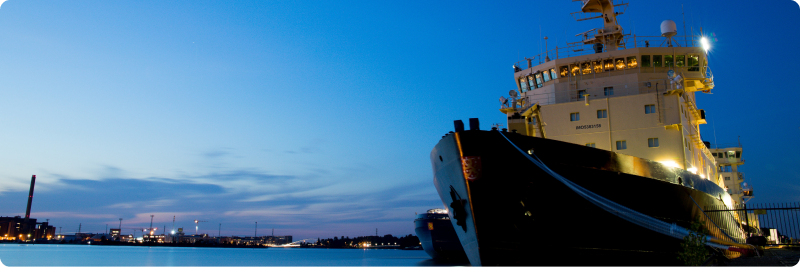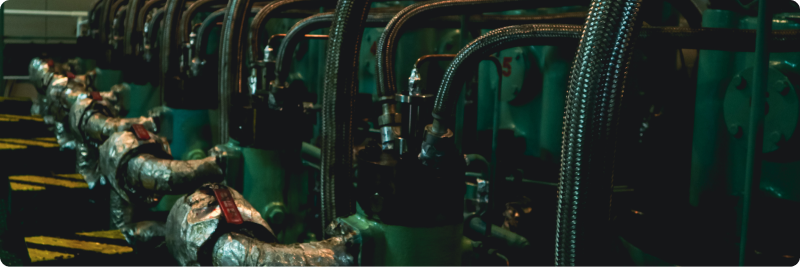
Running a successful sea company requires understanding and knowing the intricacies of how ships operate, from the crew and engineers to the vessels themselves.
The size of your team largely depends on various factors, such as country regulations, vessel type, and boat size. Knowing exactly how many engineers you should have onboard is a precise yet integral part of designing an effective ship that meets required safety standards while allowing for efficient operation across the waters.
In this blog post, we'll break down everything you need to know when it comes to deciding just how many engineers are necessary for your ship.
If you're a maritime professional or enthusiast, you've asked yourself how many engineers are on a ship. After all, one of the most important roles in a vessel's operation is that of an engineer - responsible for overseeing crucial machinery and systems to ensure safe navigation. Whether you work aboard a cruise ship or manage offshore operations, it's essential to understand exactly how many personnel your vessel requires when setting sail.
Engineers work on a ship

Naval engineers operate and maintain the ship's propulsion system, which includes the engine, boilers, generators, pumps and other machinery.
Large ships usually have a chief engineer, who runs the engine room and its crew, and a first, second and third assistant engineer. The assistant engineer oversees the engine and related machinery when the chief engineer is off duty. Small vessels may have only one engineer.
Among their tasks within a vessel, you will find:
Maintain the vessel's mechanical and electrical systems and equipment.
Start the engine and regulate the vessel's speed, following the captain's orders.
Record information in an engineering log.
Maintain an inventory of mechanical parts and supplies.
Perform routine maintenance checks throughout the day.
Calculate refueling requirements.
How Many Engineers and Workers are on a Ship

Although it will always depend on the companies, and the different regulations and laws depending on the type of ship or vessel involved or the country where you are going or arriving; the port authorities may dictate how much crew is the minimum on your equipment. However, the general organization chart is as follows
Chief Engineer (Senior)
2nd Engineer
These two positions are management positions.
3rd and 4th Engineer
Electromechanical Officer/ETO/ Electrical Officer/Electric Engineer
5th Engineer/Junior Engineer
These positions are operation positions.
Many crew members work long shifts, putting in hours of hard work with efficiency and attention to detail to ensure that the needs of the vessel and those on board are met as quickly as possible.
When it comes to a large vacation boat or a boat with guests of different types, the crew level inside the boat can rise exponentially depending on the needs that are found in it.
According to Marinesight, “An average-sized cruise ship typically has a passenger capacity of around 2000 – 2500 and a crew complement of 600 – 1000, which is predominantly divided amongst the following departments, viz., Deck, Engineering, Food & Beverage, Housekeeping, Sanitation, Guest Services, Laundry, Spa, Medical, Entertainment, Photography, Merchandise, IT, HR, Shore Excursions, Cruise Staff and Youth/Children’s activities.”
Naval engineers are responsible for the safe operation of a ship's propulsion system. They must maintain and repair machinery, including the engine, boilers, generators and pumps.
Large ships usually have a chief engineer who oversees these operations, with assistants to help when the chief engineer is off duty. Smaller vessels may only have one engineer.
Engineers are the most substantial part of any vessel – no matter the type of vessel, be it a tourist vessel or a vessel transporting materials such as a blood vessel,
fuel oil, etc.
They are responsible for the operation of the vessel. Engineering jobs are on the rise in the United States. New professionals are being sought to be the next ones in charge of the safety operations of the vessels.
For more news and information on naval world and engineering, contact Agemarin today.